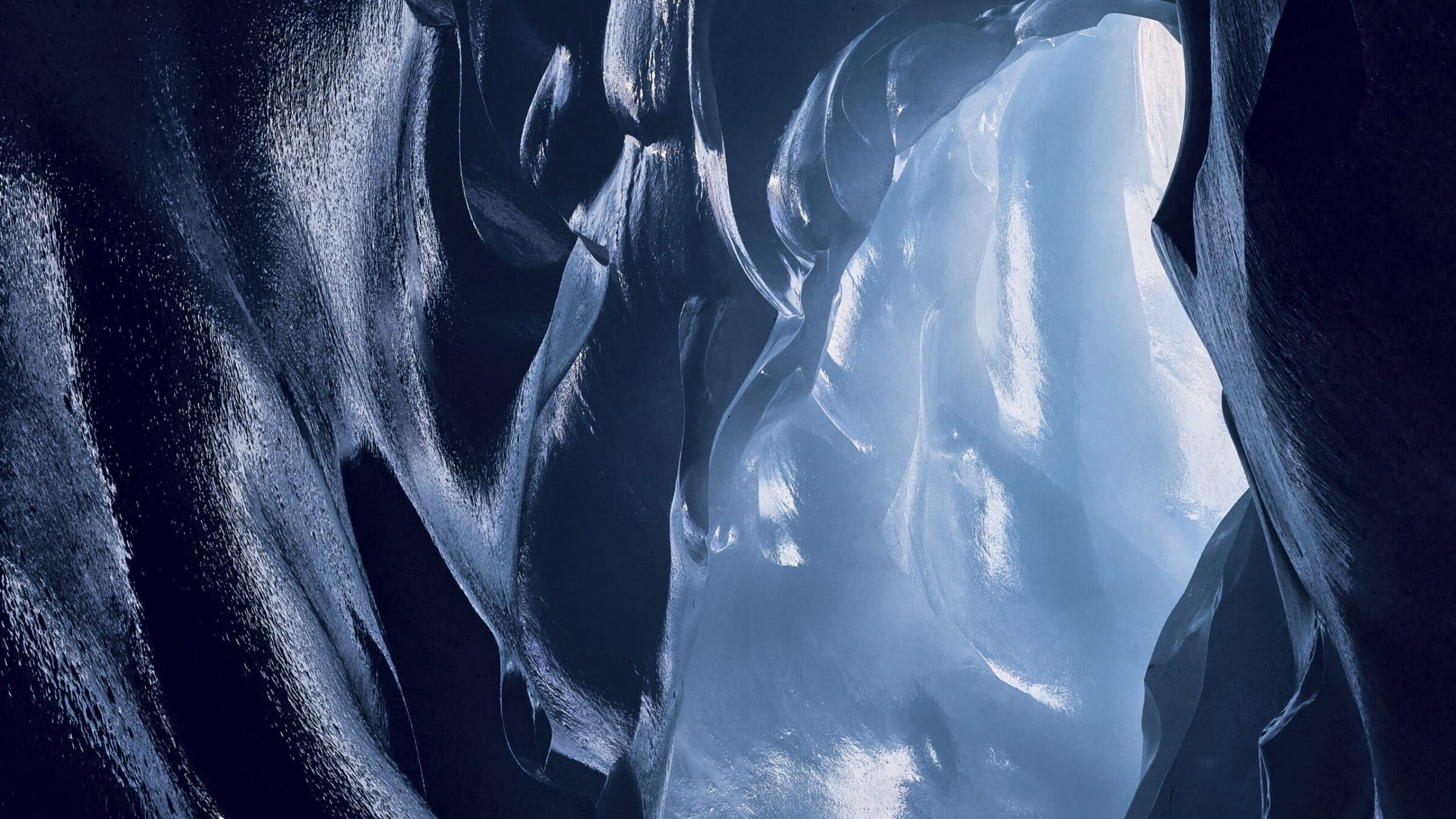Guardians of The Ice hopes to do that.
Because climate change is no longer just a prediction.
Glaciers support life on Earth.
The glaciers are melting.
The Guardians’ goal: “A world where humanity is mobilized to learn about, contribute to, advocate for, and invest in regenerative solutions to heal our planet and all its living systems.”
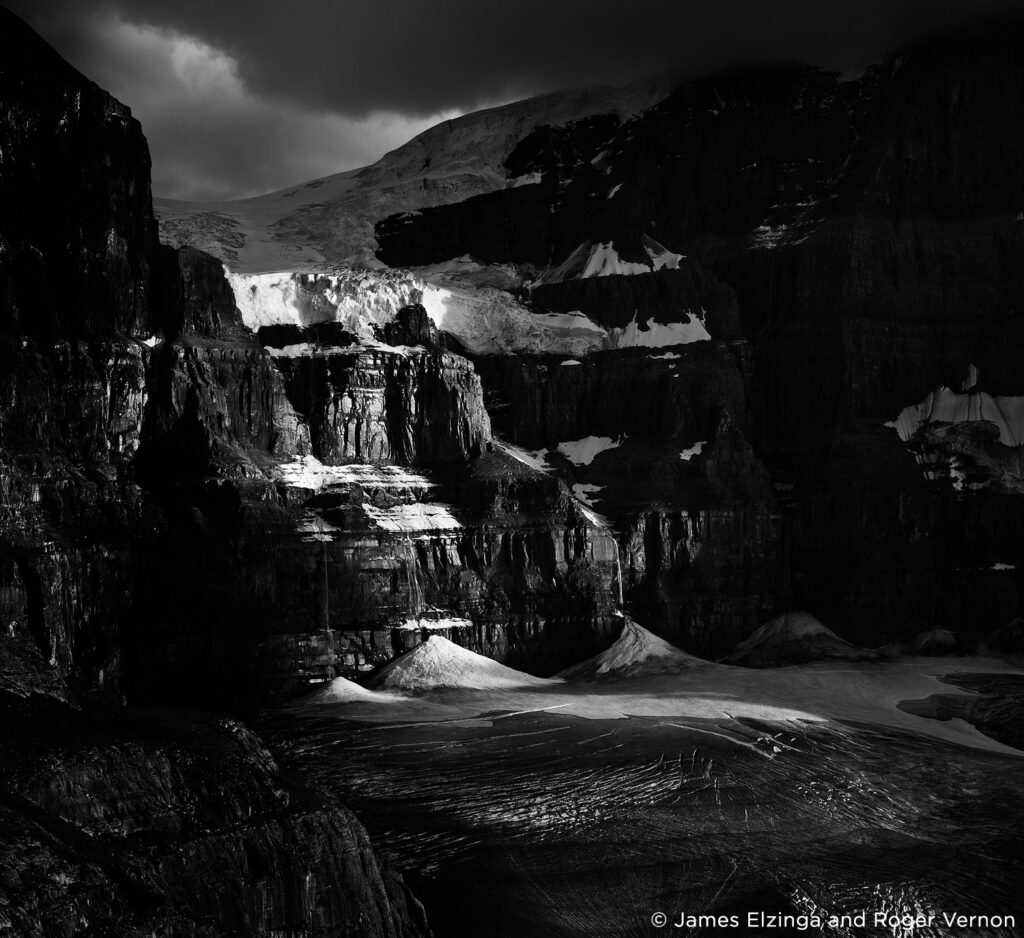
Guardians of the Ice is an alliance of artists, alpinists and research scientists
Legendary mountain climber and Guardians’ founder, Jim Elzinga, grew up in the Canadian Rockies and once dreamed of producing a book that could capture its grandeur and majesty. But technical issues were daunting. Climbing with an 8 x 10 view camera wasn’t feasible.
“I’ve come regularly to the Western side of the Columbia Ice Field for the last fifty years – it has been a spiritual home,” Jim said. “Recently, after having been away for several years, I returned and was alarmed at how much ice had disappeared. On the Eastern side, from the highway, tourists can see the glaciers disappearing. There are actually ‘tombstone markers’ of where the glacier terminus was in 1898, 1910, and 1982, all the way to the 2000s. I decided to investigate why this was happening, and I wanted to document the changes.
Jim has cultivated Guardians of the Ice as an alliance of artists, alpinists and research scientists: “The Heritage Glaciers of the Canadian-based Columbia Icefield are among the world’s most threatened. It was once estimated that 80 percent of the Columbia Ice Field’s glacial ice would have disappeared by 2100. Now the estimate is 2080. It may be closer to 2050. These “water tower” systems are failing rapidly. Consider that two billion people depend upon approximately 78 mountain glacier-based water systems for drinking water.
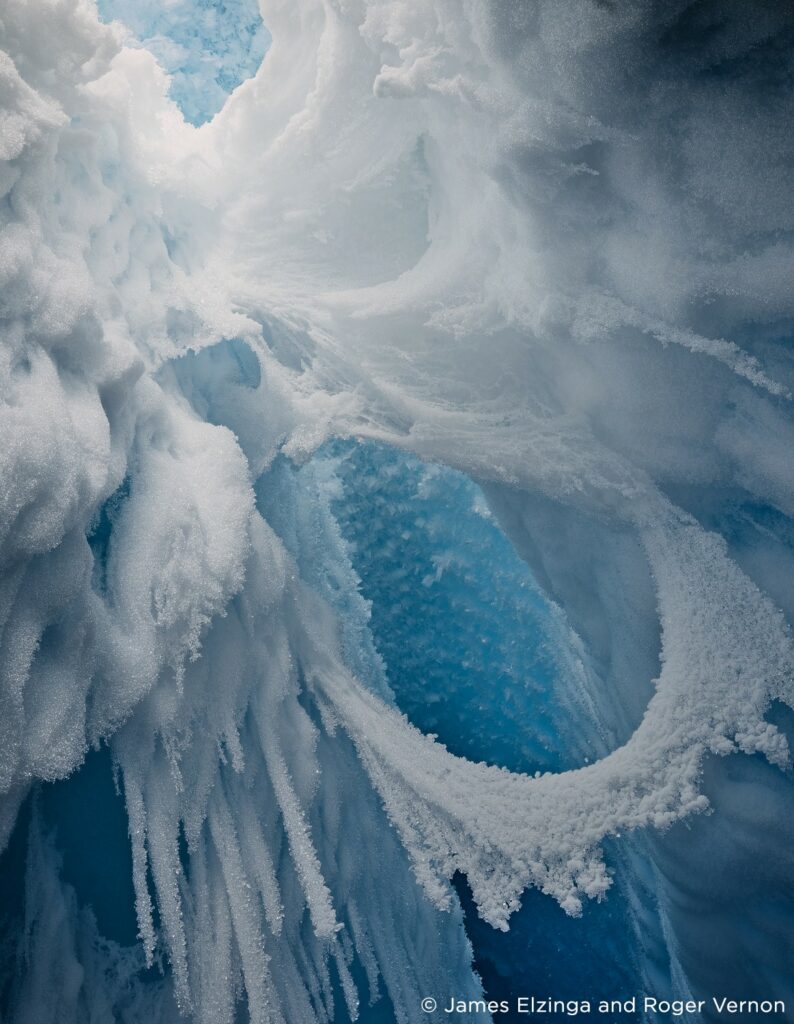
Consequences of glacier melt
“Within the lifetimes of people living today,” Jim said, “glacial ice will be hard to find in the Rocky Mountains.
“Consequences of glacier melt are inestimable, and I wanted to document and convey these changes. Meanwhile, today’s digital imaging advances have made it possible for us to capture the vanishing glaciers in the most visceral, most compelling fashion. We are in a race against time.
“To capture what’s happening inside the glacier, my photographic partner Roger Vernon and I have dropped into a moulin. A moulin is a cylindrical vertical shaft carved out within a glacier by the meltwater and rock debris pouring into it. We visited one in the fall of 2022 and marked it to return in the spring. We returned to it in March and found we had to cover our camera gear because it was already melting inside!
“Glaciers used to stop melting by September. Last year we saw them still melting into November. And now they freeze for shorter periods. They used to start melting again only in June. Now, the melt is beginning as early as March. This down wasting is like a balloon slowly losing air. Glaciers are shortening in length and shrinking downward over the winter. Last winter for the first time the glaciers at the Icefield down wasted 1.7 meters. This has never happened before. For the first time on record, our glaciers are melting year-round. This phenomenon is taking place in glacier systems around the world.
How do you save a glacier?
“When I first started this project, that was my goal – to save the glaciers. Now, I don’t know if we can. We’re going to need a planetary adaptation, some kind of transformation to save our climate. Most people aren’t taking action in spite of acknowledging the scale of what is rushing upon us. We need a new way of communicating, new communication skills, and new engagement for people around the world.
“It is easy to get swept up by all the doomsaying in the media, so that you can’t see anything but a dystopian future. That is not what we’re about. We look to regeneration, inspiration and the tremendous human capacity to invent and adapt.
“How do we get more people involved? One of the methods for engagement we see is through fine art photography. Art has always had a significant role to play in culture change. We seek to provoke curiosity, inspire connection to the planet, and through that connection, help make a shift from despair to energizing people with hope for the future.
“My own inspiration for this work came from seeing the work of other photographers. I had been struck by their ability to capture images with the Phase One camera, and I wanted to do that, to make portraits of these mountains on a huge scale – a scale that could make an emotional impact and leave the viewer breathless.
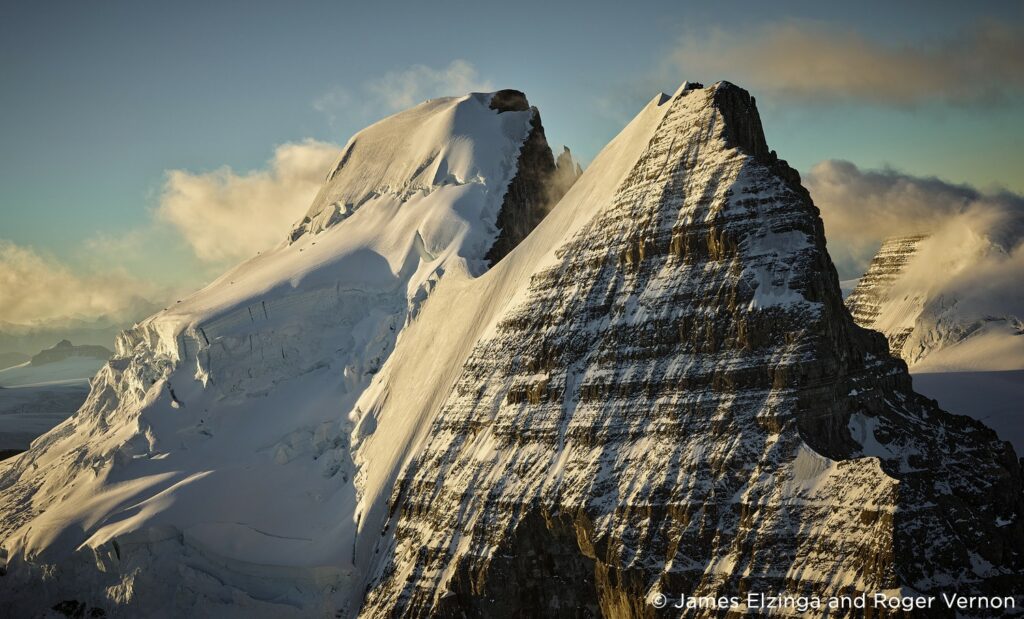
Seeking attention through fine art photography
Jim Elzinga and Roger Vernon have published a book of photography called Meltdown: A legacy collector’s item from Guardians of the Ice. “These portraits from the Columbia Icefield, crown jewel of the Canadian Rockies, register what we see and feel in this rapidly changing landscape as the ice disappears.
“First, we were shooting from the valleys and sides of mountains using the Phase One XT with a tripod. We weren’t getting the images we envisaged by shooting from the ground. Wanting to shoot from the air, working with a highly skilled mountain helicopter pilot, we switched to the XF because of the viewfinder and wider lens selection.
“In the helicopter, doors off, we experience a dynamic creative tension between us that makes for an extraordinary partnership giving extraordinary results .Our collaboration works very well; the trust between us is solid and our combination of skills serves us well in the fast-paced and expensive world of aerial photography.”
We love the Phase system’s many creative tools, such as dual exposure, frame averaging, and automatic focus stacking. Focus stacking in particular has aided us tremendously in capturing images inside the moulin where we might shoot 50 or 60 images. The sharpness and the high-quality resolution easily produce photographs at four feet by six feet that you could almost literally walk into. That’s our goal: to invite the viewer into the glacier with us. To have them climb the mountains with us.
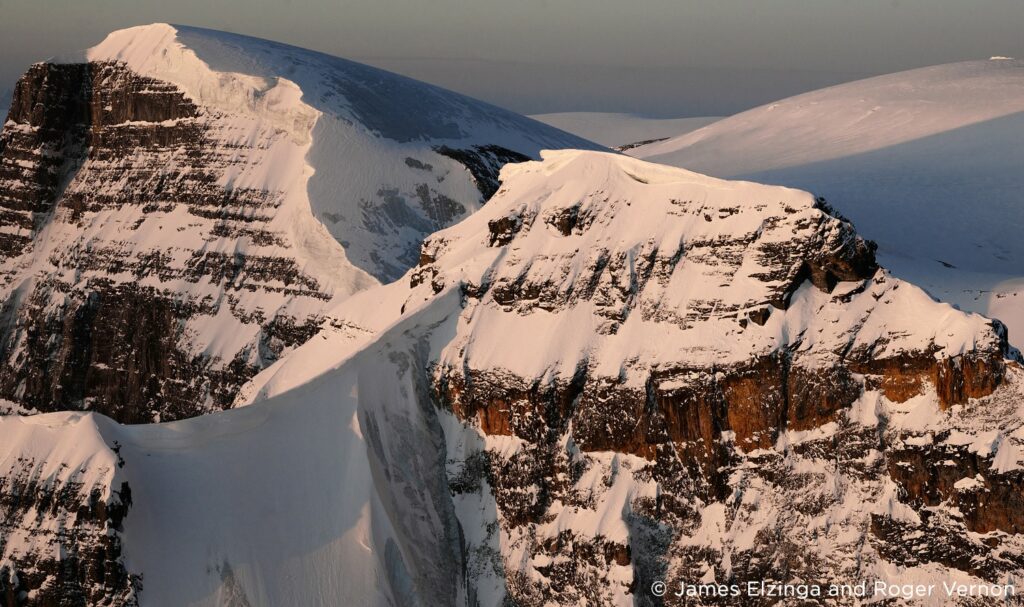
Shooting in the mountains
“The incredible dynamic range is critical to shooting in the mountains – we get such a wide range of contrasts. The total information in the raw files is astonishing. Bottom line: Using Phase One cameras we have been able to produce clear, detailed, very large images that immerse the viewer and create an incredibly visceral experience. These photographs will comprise a series of exhibitions that we’ll be mounting in the coming years.”
The images are carefully curated out of the growing portfolio that Roger and Jim have been capturing. https://www.meltdownphotography.com/book
The team are also offering a unique opportunity for individuals to join them on one of their helicopter shoots, to witness the grandeur that is fast disappearing, and experience an epic and unrepeatable adventure. Contact jim@guardiansoftheice.com
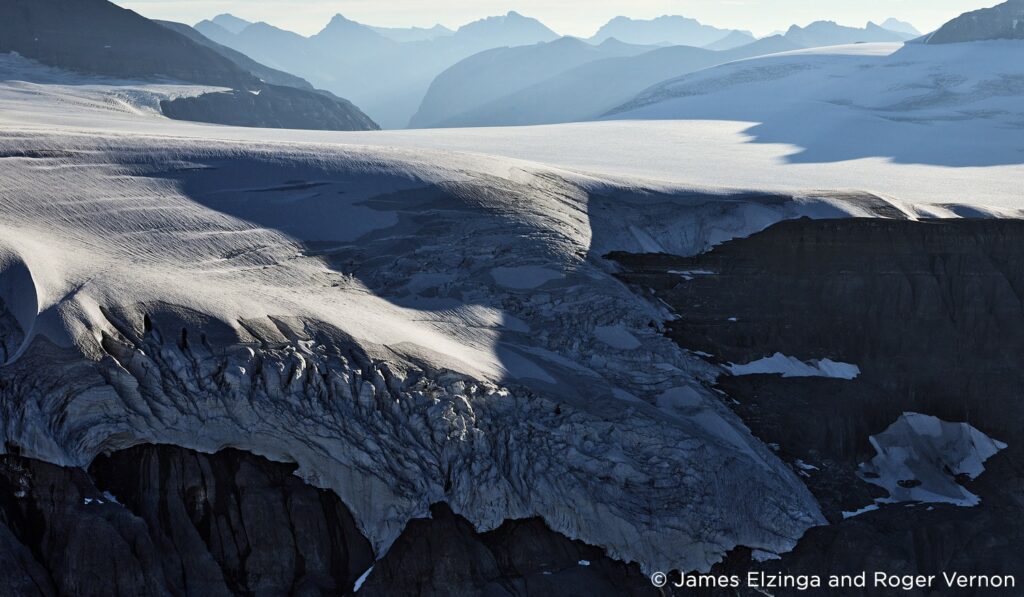
What’s Next?
The UN has designated 2025 the International Year of Glacier Protection. The Guardians are currently building a body of work https://www.meltdownphotography.com/ as part of that initiative that will comprise a touring exhibition starting in Canada, then New York, Paris, and Geneva.
Guardians are also part of a major initiative with Parks Canada at the Columbia Icefield in the Canadian Rockies at the Gallery of the Columbia Icefield Glacier Discovery Centre (open May 1 to October 6). Images and an interpretive display will feature the why behind the vanishing ice and explain the UN’s concerns regarding the impacts of rapidly accelerating glacial loss on the hydrology of the entire hemisphere.
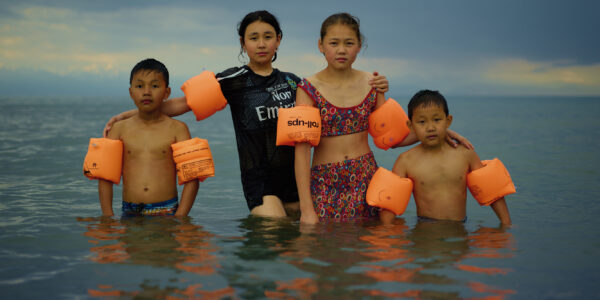
Photographer Stories
Intimacy in focus: Louise’s lens on humanity with Phase One_Part1
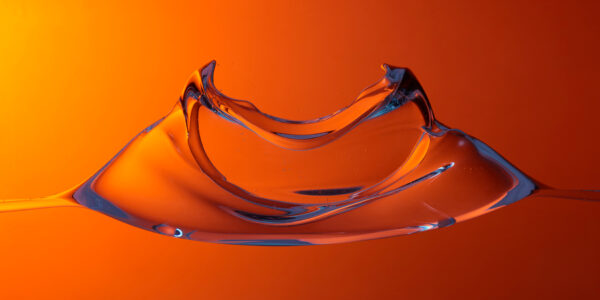
Photographer Stories
Dimitri Newman: Vision is Just the Start
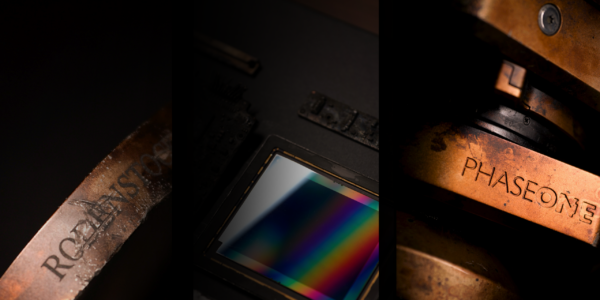
Photographer Stories
Ashes: The Rebirth of a Camera- Hexmalo
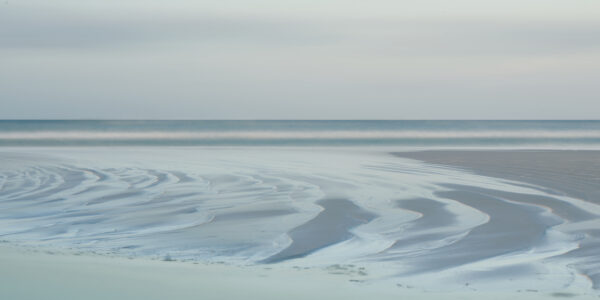
Photographer Stories
Chandler Williams: A Photographer’s Path
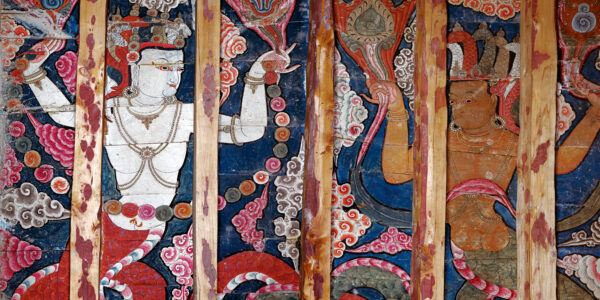
Photographer Stories
TABO- Gods of Light
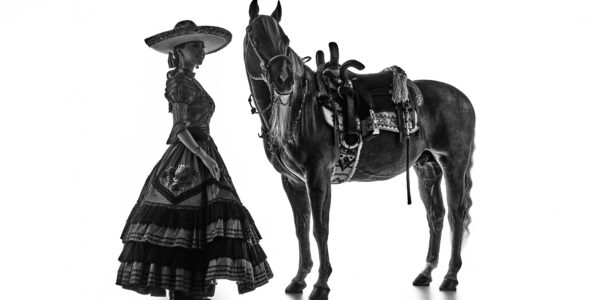
Photographer Stories
Loreto Villarreal – An Evolving Vision

Photographer Stories
Tobias Meier – Storytelling Photography
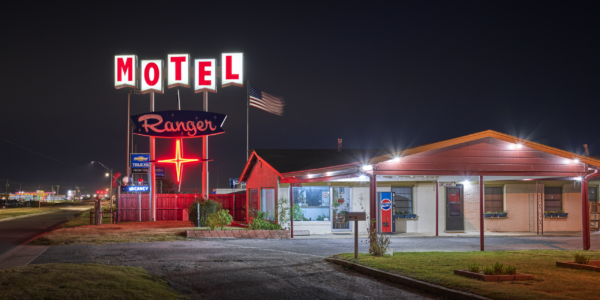
Photographer Stories
Gregory Essayan – Curating Reality
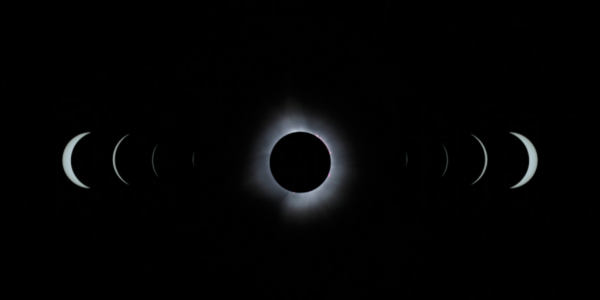
Photographer Stories
Total Solar Eclipse – Matthew C. Ng
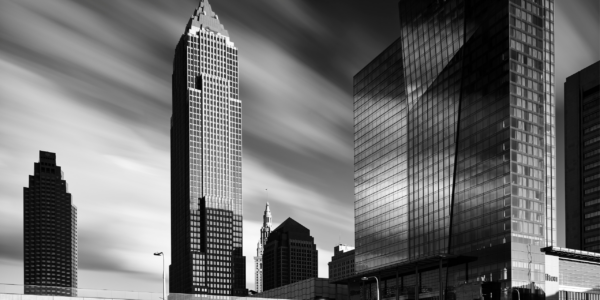
Photographer Stories
Roger Mastroianni – Frame Averaging
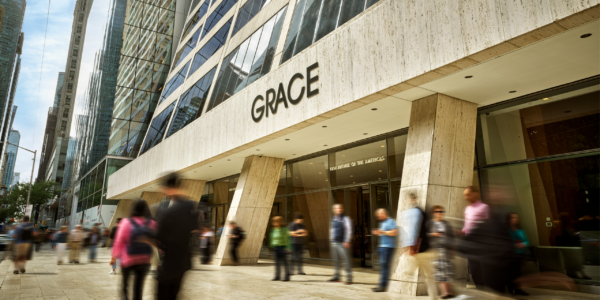
Photographer Stories
Matthew Plexman – Bringing portraits to life
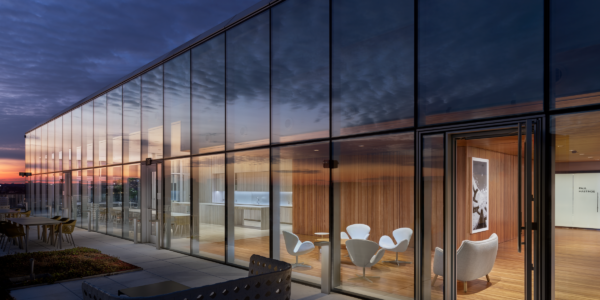
Photographer Stories
Prakash Patel – A Visual Design Story

Photographer Stories
Karen Culp – Food Photography Ideas
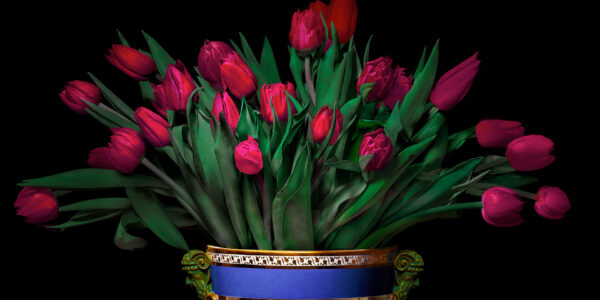
Photographer Stories
T.M. Glass: Flower portraits
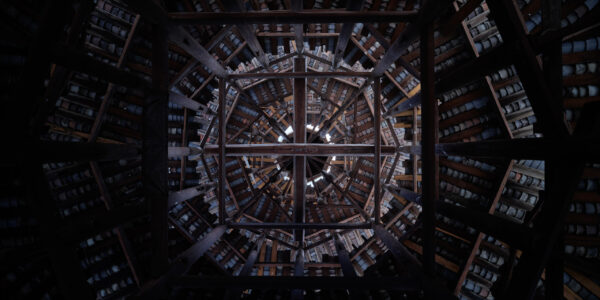
Photographer Stories
Preserving ancient Chinese buildings – Dong Village
